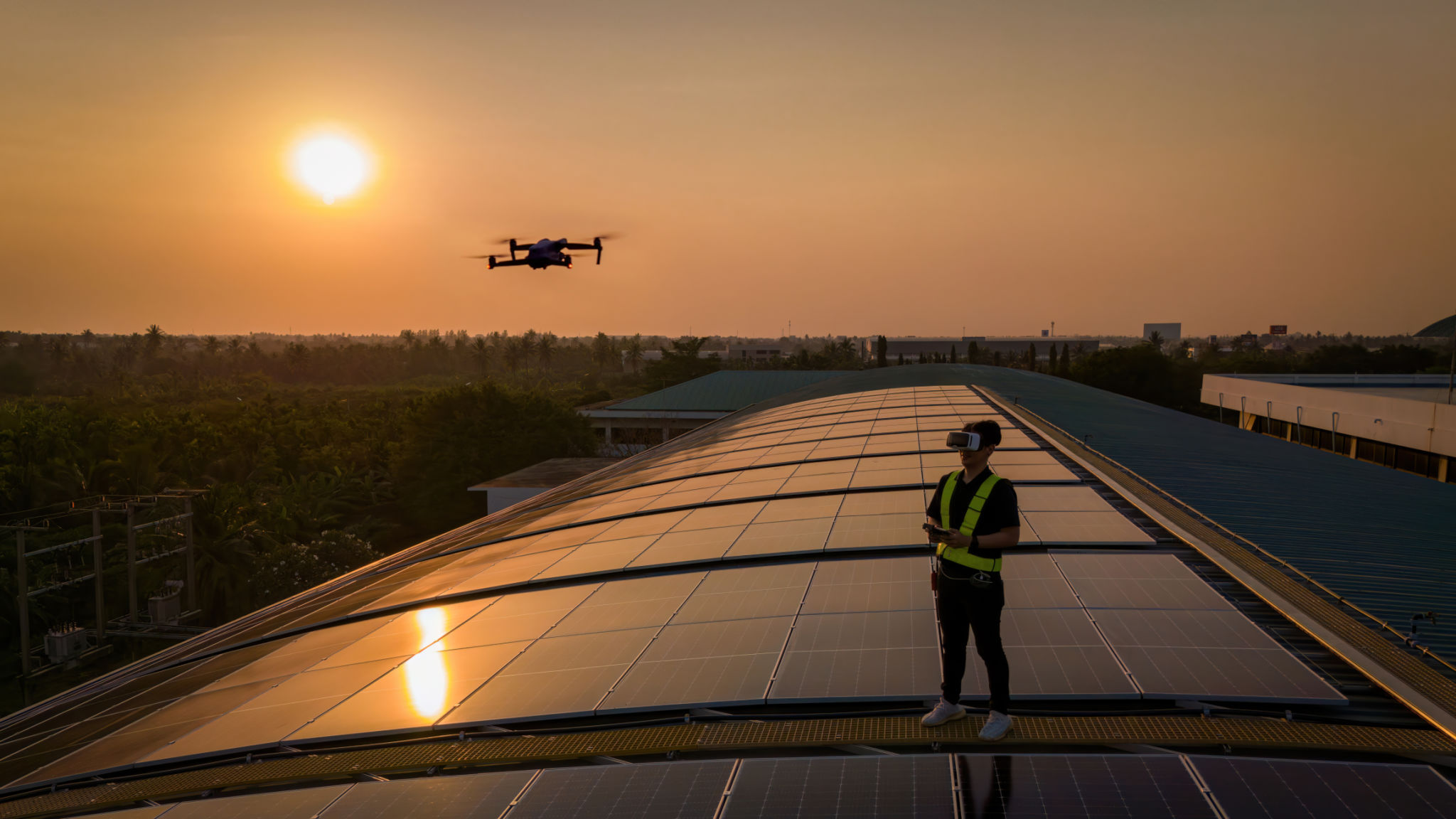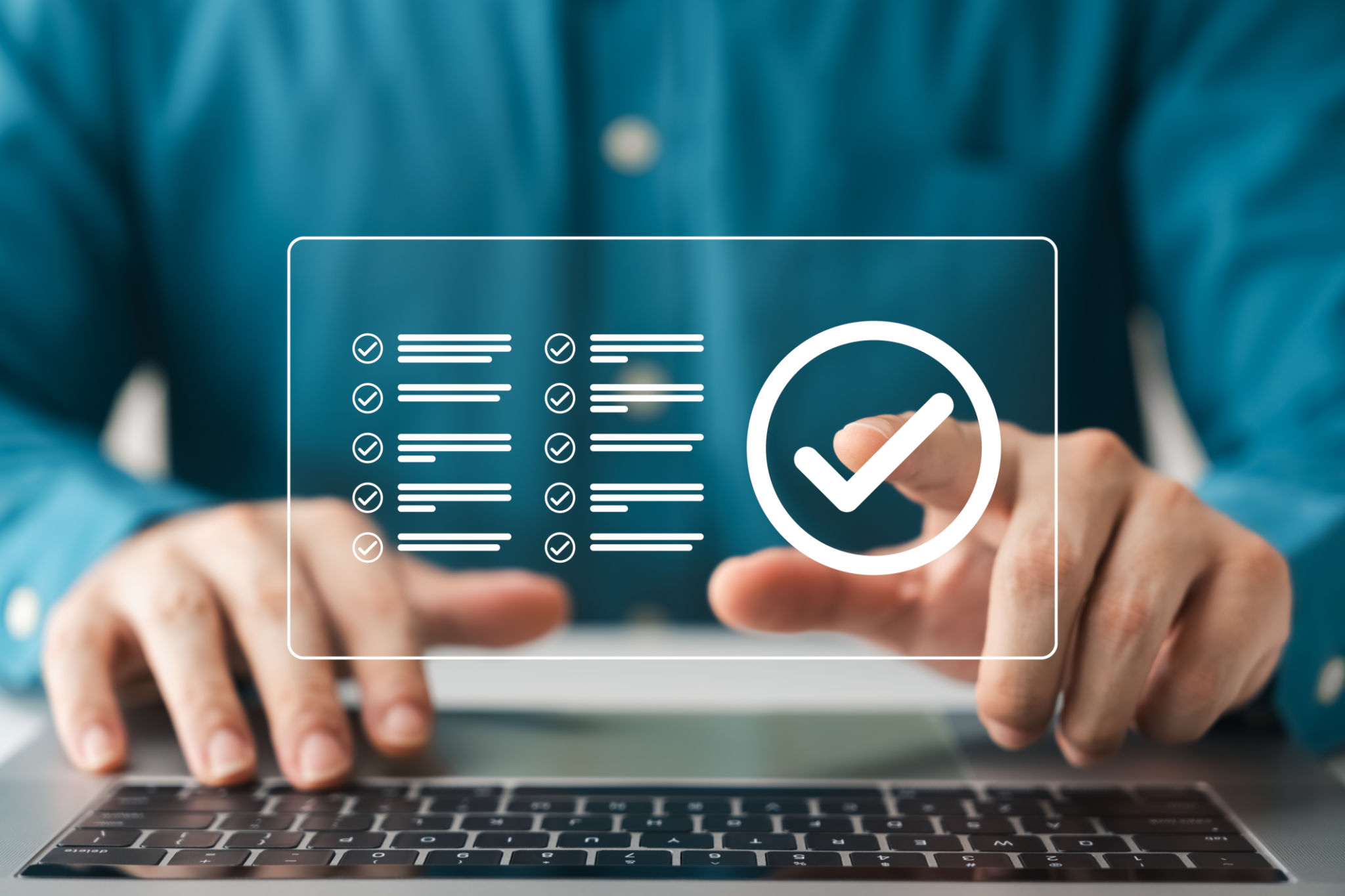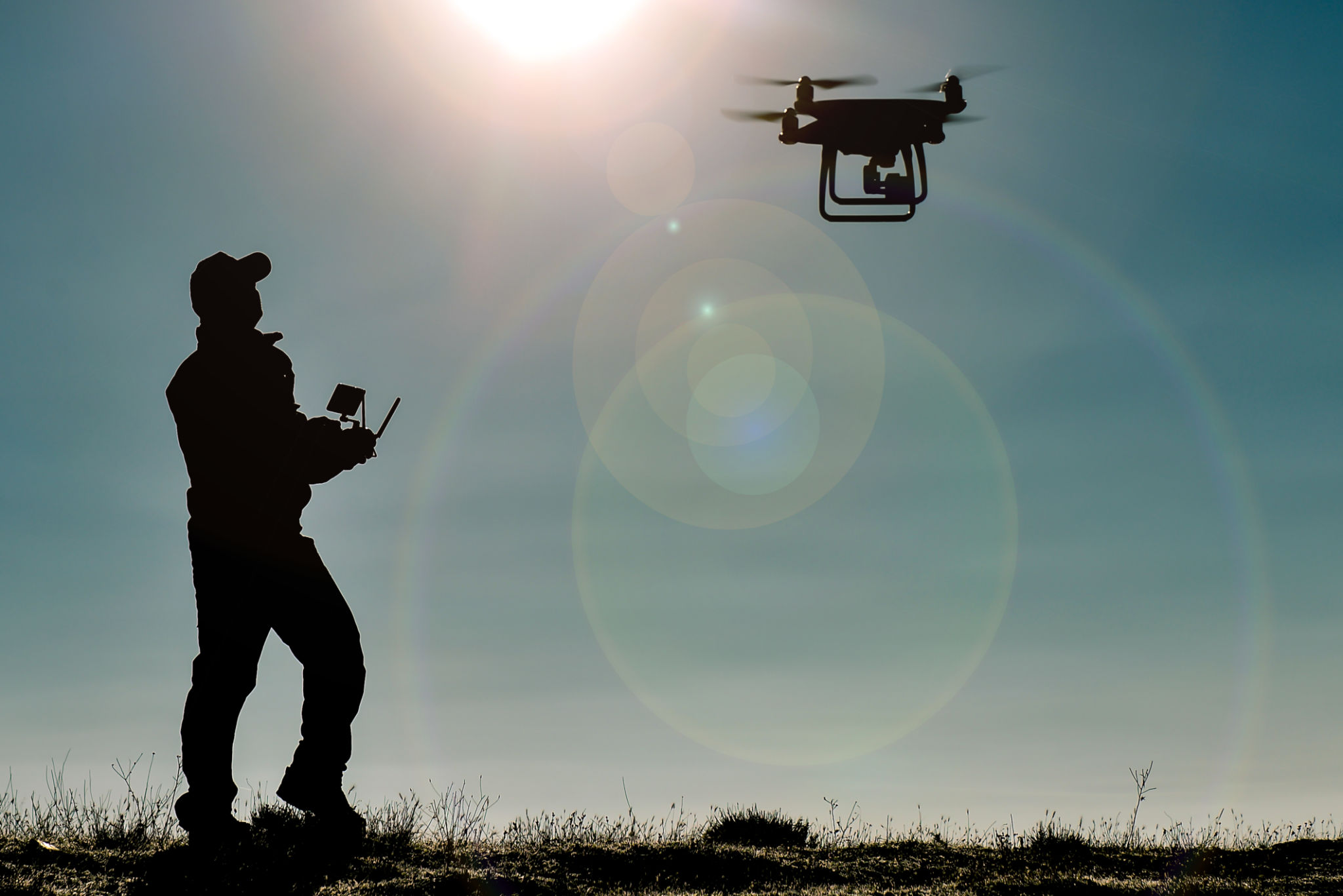How Drone Data is Reshaping the Future of Cybersecurity
Introduction to Drone Data in Cybersecurity
The rapid advancement of drone technology has not only revolutionized various industries but is also reshaping the landscape of cybersecurity. As drones become more prevalent, they generate immense amounts of data that can be leveraged for enhanced security measures. This evolution has opened new avenues for both protecting and compromising sensitive information.

The Intersection of Drones and Cybersecurity
Drones are equipped with sophisticated sensors and cameras capable of collecting real-time data from the environments they survey. This capability presents both opportunities and challenges in the cybersecurity domain. On one hand, drones can enhance surveillance and threat detection; on the other, they can be exploited by malicious actors to breach security protocols.
The integration of drone data into cybersecurity systems is becoming crucial for identifying vulnerabilities and preventing potential attacks. By analyzing data captured by drones, companies can gain a comprehensive understanding of their security posture and address weaknesses promptly.
Data Collection and Analysis
One of the primary benefits of using drones is their ability to collect vast amounts of data efficiently. This data includes visual information, thermal imagery, and geolocation details, which can be used to monitor critical infrastructure, detect unauthorized access, and even predict potential breaches.
Advanced analytics tools can process this drone-collected data to provide actionable insights. By employing machine learning algorithms, organizations can identify patterns and anomalies that may indicate a cyber threat, enabling them to respond swiftly and effectively.
Challenges in Drone Data Security
Despite the advantages, integrating drone data into cybersecurity frameworks poses significant challenges. These include data privacy concerns, the risk of interception, and the need for robust encryption protocols. Ensuring that drone data is secure from unauthorized access is paramount to maintaining the integrity of cybersecurity measures.
Additionally, the regulatory landscape for drone usage is still evolving, creating complexities in how data can be collected, stored, and shared across borders. Organizations must navigate these legal frameworks carefully to avoid potential liabilities.

Future Implications and Innovations
The future of cybersecurity will likely see drones playing an even more integral role in defense strategies. Innovations such as autonomous drones capable of real-time threat assessment and response are on the horizon. These advancements promise to enhance both physical and digital security measures.
Furthermore, as artificial intelligence continues to evolve, its integration with drone technology will lead to more sophisticated cybersecurity solutions. This synergy will enable predictive threat modeling and automated decision-making processes that can outpace conventional methods.
Conclusion
The use of drone data is reshaping the future of cybersecurity by providing unprecedented levels of insight and protection. While challenges remain in securing this data, the potential benefits for enhancing security frameworks are immense. As technology continues to advance, drones will undoubtedly play a vital role in safeguarding our digital and physical environments.

